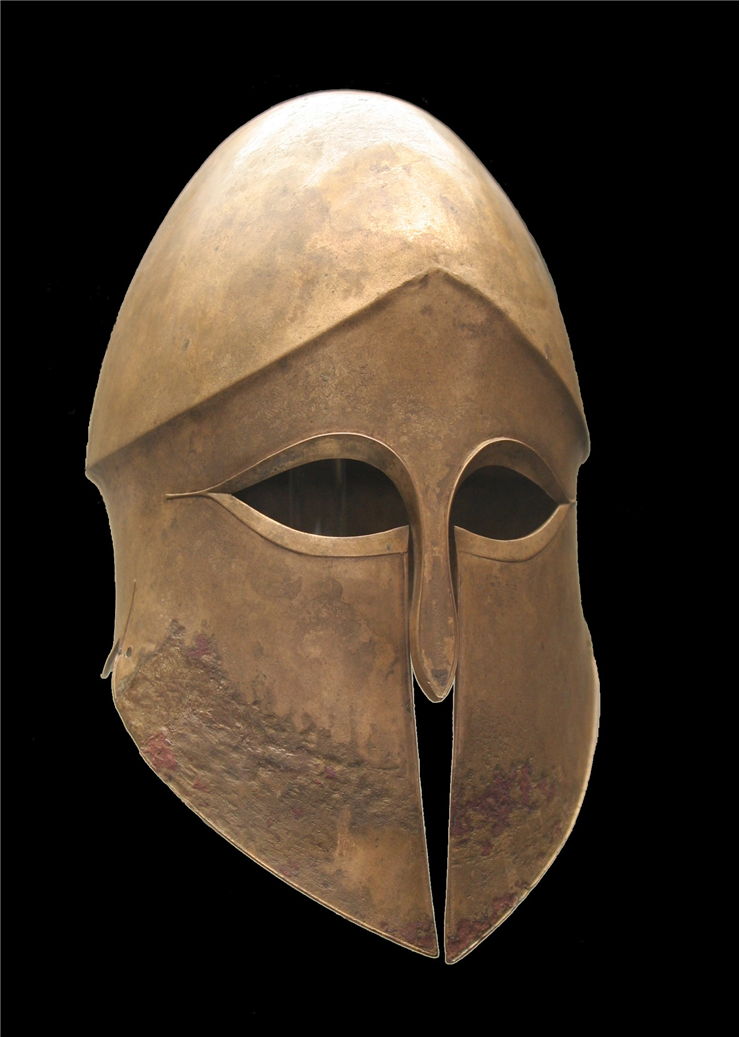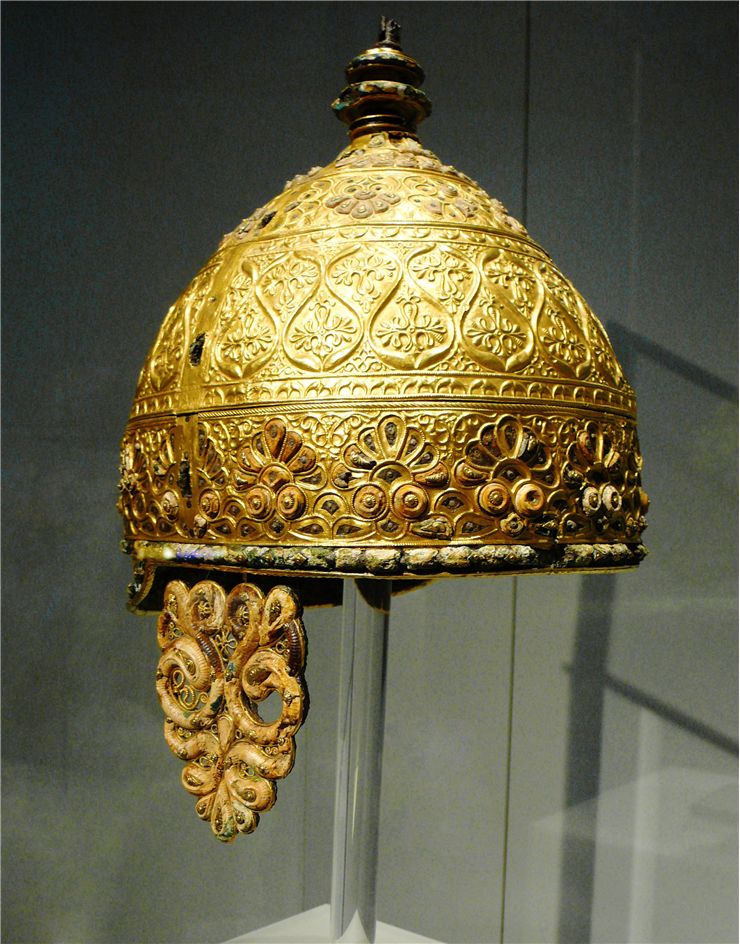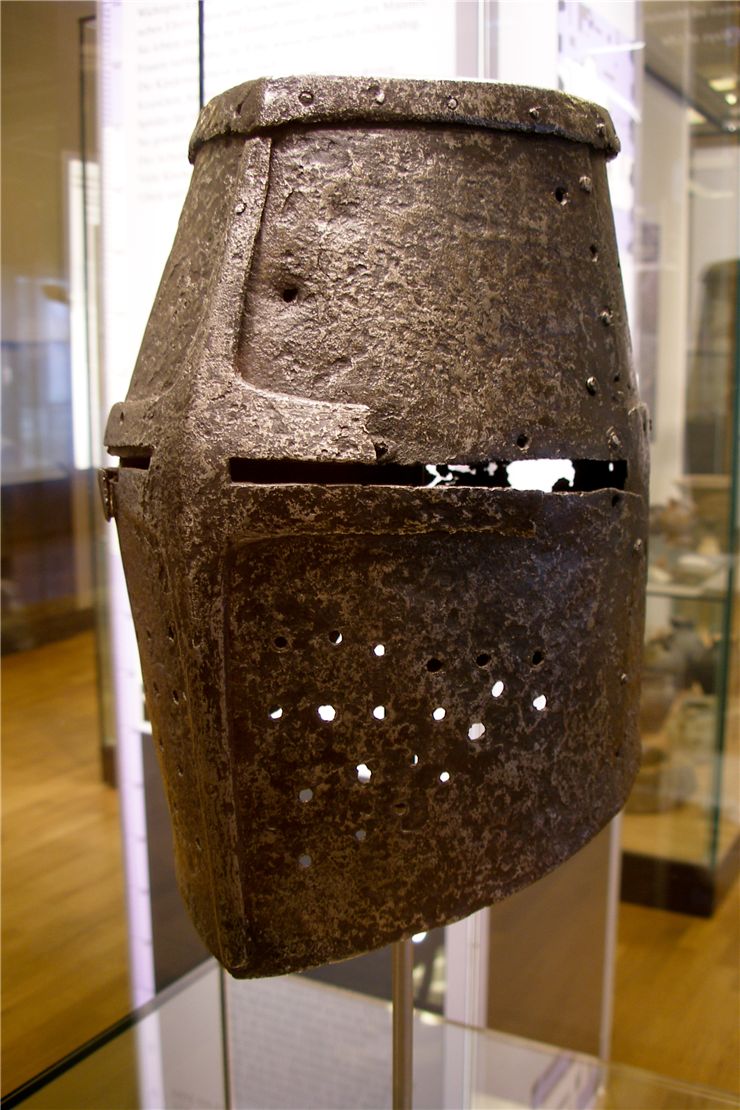History of Helmet
History of armors and reinforced protective gear cannot be told without placing a heavy focus on the expansive story of helmets, who were one of the first protective pieces of gear that our pre-civilization ancestors used more than 6 millennia ago. Created from many type of materials and crafted into hundreds and hundreds of distinct shapes, combat helmets played important role in the history of modern warfare, with several periods of time when their protection capability advanced or was reduced in very large quantities.
The first use of reinforced combat helmets was found in the early times of the Sumerian and Akkadian civilization in around 2300 BC, with earliest bronze metal helmet coming from the forges of the Mycenaean Greeks in 1700 BC who were also responsible for creation of the first plate armor set. Use of combat helmets in Ancient Greece and Roman Republic/Empire was very popular, with leather, reinforced-leather and full metal helmets allowing soldiers to defend themselves against blade attacks, ranged attacks and in some limited sense against blunt attacks.
Helmets are present in every military conflict during European Middle Ages, with several types of armored designs being made to serve everyone form light infantry to cavalry and full-plated soldiers who were covered in metal from head to toe. Steel was the most popular material for creation of medieval helmets, although helmet use fell dramatically after the introduction of more advanced gunpowder warfare (during years of crude muskets, helmets were still in use). During a period of time between 1700 and World War I, militaries across the world did not enforce standardized use of helmets, except in some specific situations (cavalry units and honor squads). However, introduction of widespread artillery warfare caused all militaries around the world to very quickly adopt metal helmets back into use, with all WW1 soldiers having metal helmet as (usually) their only metal armor protection. Helmets during two World Wars were used to protect soldiers from shrapnel, bullet impact and in some cases environmental hazards (paratrooper helmets).
Modern helmets created after WW2 still retained use of metals even though several advanced materials (such as Kevlar and Aramid were introduced as materials that can easily absorb direct bullet impacts). American M1 combat helmet is a perfect example of this. It was adopted in 1941 as “one size fits all” and was produced in more than million units before it was replaced with more advanced PASGT helmet that is today used by large array of armies around the world and civilian law enforcement agencies. PASGT design is also highly copies all around the world and used by armies from China, Serbia, Japan, United Kingdom, Australia and many others.


